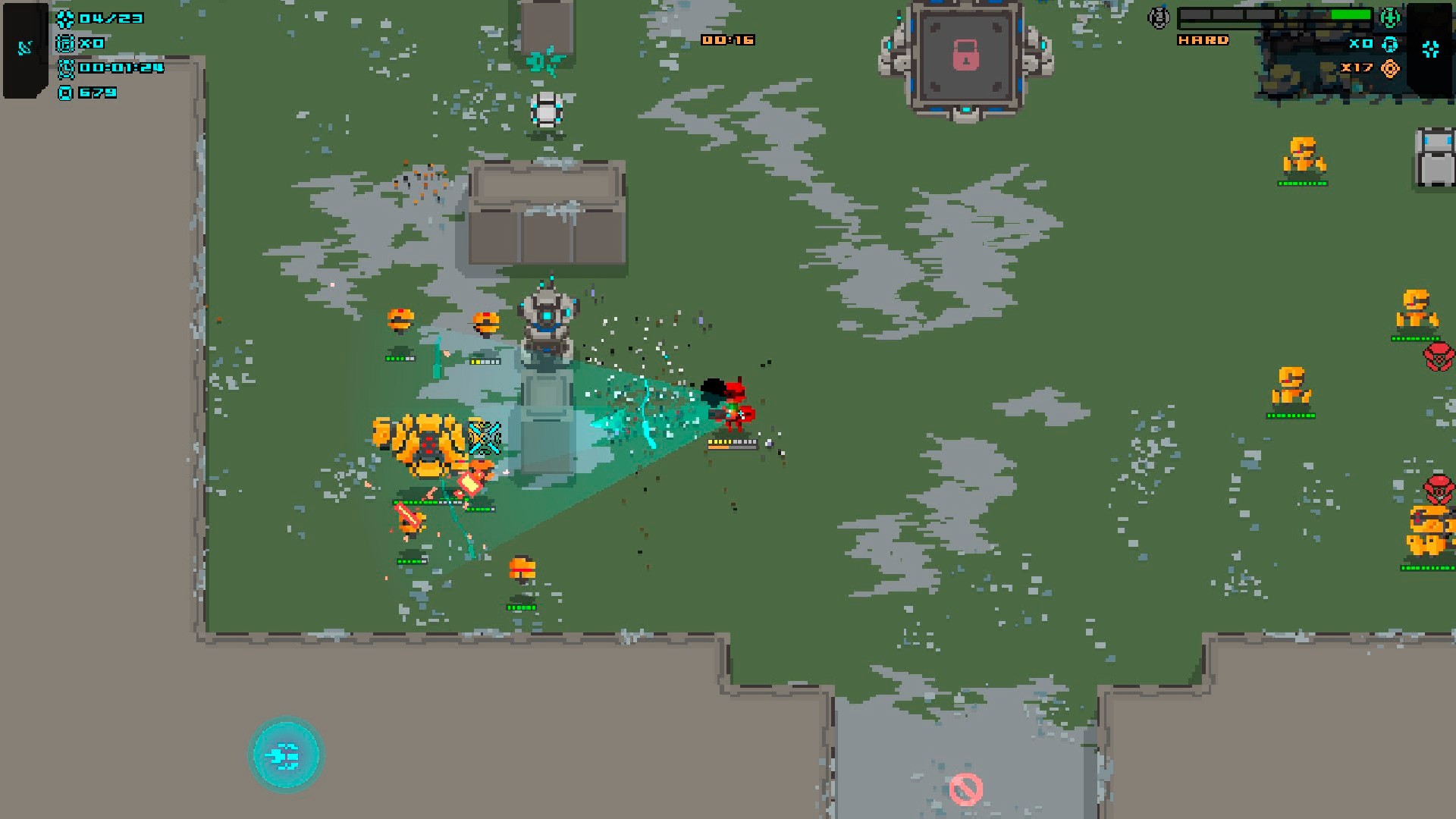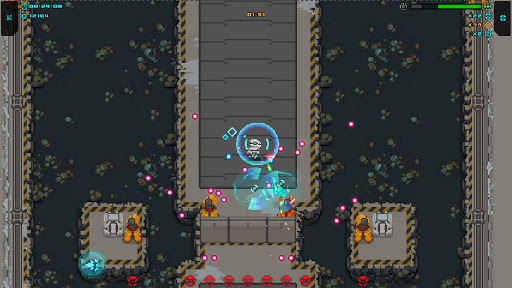Search
[{{{type}}}] {{{reason}}}
{{/data.error.root_cause}}{{{_source.title}}} {{#_source.showPrice}} {{{_source.displayPrice}}} {{/_source.showPrice}}
{{#_source.showLink}} {{/_source.showLink}} {{#_source.showDate}}{{{_source.displayDate}}}
{{/_source.showDate}}{{{_source.description}}}
{{#_source.additionalInfo}}{{#_source.additionalFields}} {{#title}} {{{label}}}: {{{title}}} {{/title}} {{/_source.additionalFields}}
{{/_source.additionalInfo}}- Details
- Category: Switch
- By J.R. Sommerfeldt
- Hits: 1851
Rush Rover (Switch)

Rush Rover
Developed By: Radio
Published By: Ratalaika Games
Release Date: April 10, 2020
Available On: PS4, Switch, Xbox One, Windows, PS Vita
Genre: Action Arcade Shooter
Number of Players: 2
ESRB Rating: E- Mild Fantasy Violence
MSRP: $4.99
Thank you Ratalaika Games for sending us a copy of Rush Rover on the Nintendo Switch!
There was a time, not so long ago, that I used to frequent our local arcade down the street from where I lived. Of course, much like most arcades, it is now long gone, but at the time it was a place of pixels and wonderment. There was one game that I played quite often, and I actually got very good at it over time. It was called Robotron: 2084, and it was a top-down shooter that used two sticks to guide the action of the player. You could use one stick to walk and the other one to aim as you mowed down countless enemies in your path, all while dodging their attacks. It was great fun, and that very same style of gameplay lives on in many newer titles, including the indie shooter brought to us by Radio and Ratalaika Games, Rush Rover.
Much like its twin-stick predecessors, Rush Rover is a top-down shooter that utilizes both analog sticks on the controller to move and fire. Unlike many of those games, Rush Rover is considered a “rogue-like,” which is a sub-genre where players go as far as they can through procedurally generated levels until they die, then they must start all the way back at the beginning with limited power-ups or resources. Rush Rover follows this type of game design with procedurally generated levels, and that includes power-ups and weapons that drop in various places around the map.

Strong Points: Simple gameplay mechanics; great replay value; good pixel art
Weak Points: A rogue-like without permanent upgrades; short gameplay; short and repetitive soundtrack
Moral Warnings: Some pixelated robot destruction
This game really does not have much of a story attached to it. Apparently you play as a mining robot whose quarry was taken over by rogue drones who wish to destroy what the Rover and his compatriots have uncovered. As a rouge-like, the story is not of incredible significance to the gameplay of this title, but more details would help to add context to the various weapons and machines that are made available throughout the game.
The Rover itself is a veritable tank, starting off every game with just a blaster and a peripheral that shoots an occasional energy bolt. The gameplay takes place in a series of rooms that the Rover must complete in sequence in order to head to the next area. There are five bosses strewn throughout the map, and each one is progressively harder than the last. Since all the items are procedurally generated, the Rover may find incredibly powerful weapons anywhere during the run. Since there really isn’t much limitation on when and where certain items crop up, one can never tell how hard or easy each new run will be.
The music is a cool chip-tune OST that rotates between four and five songs in total. I really enjoyed the peppy and fun music at first, but I found it quite repetitive as I continued to play the game. The boss music does change up the rotation a little bit, but it hardly adds the variety needed to create a strong musical base. Even the sound effects are a little flat as there are very few variations between the sounds of blasts and explosions that are used.
The controls of Rush Rover are very easy to manage and even easier to learn. In fact, this game can really be played using just two thumbs, one to move the Rover and the other to fire shots in any direction. Just pressing down the right analog will send out shots in the direction that it was pressed without hitting a button. There are some weapons that require the press of another button, and those are rare but powerful. Maneuvering around the “bulletheck” action of this game requires quick thinking and even quicker thumbs.

Higher is better
(10/10 is perfect)
Game Score - 66%
Gameplay - 14/20
Graphics - 6/10
Sound - 4/10
Stability - 5/5
Controls - 4/5
Morality Score - 98%
Violence – 9/10
Language - 10/10
Sexual Content - 10/10
Occult/Supernatural - 10/10
Cultural/Moral/Ethical - 10/10
The replay value and challenging gameplay are two redeeming factors for this title. As a rogue-like, Rush Rover is meant to be played over and over again; it is done so in almost an arcade-style fashion. Most rogue-likes give the player items that will boost the chance of receiving better equipment on the next run. Rush Rover does not provide those items or upgrades, making this game less like a rogue-like and more like an arcade game with procedurally generated levels and permadeath. This can be very frustrating, especially since the only edge that you will have on your next run is the practice that you put into the last one. However, since this is a short game, the standard rules for a rogue-like are not as important here.
Morally speaking, there really isn’t anything out of place within this game. It holds an E rating for having some animated violence against various robot enemies, but that is as far as the questionable material goes.
Overall, Rush Rover is a fun and simple twin-stick shooter that will give players a momentary challenge but doesn’t have the flair needed to keep their attention. Though the replay value is good, after beating the game it fails to go beyond the core gameplay experience. The local 2 player co-op mode provides some great fun for players who do not wish to go it alone. Considering all of this, the $4.99 price tag is pretty good for this little indie.








